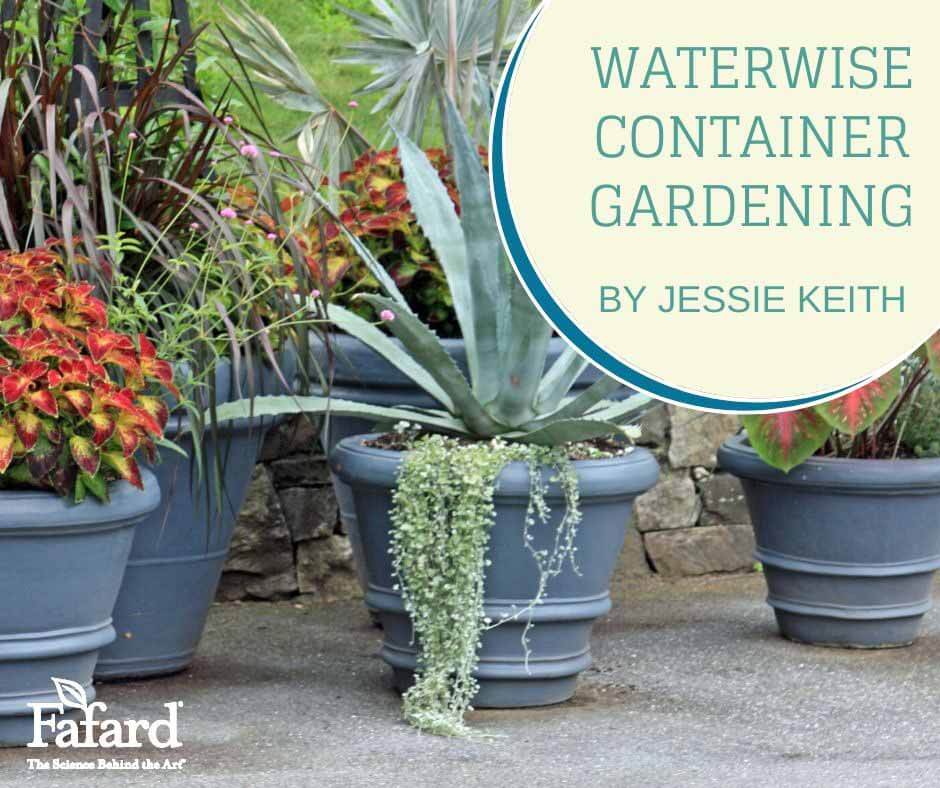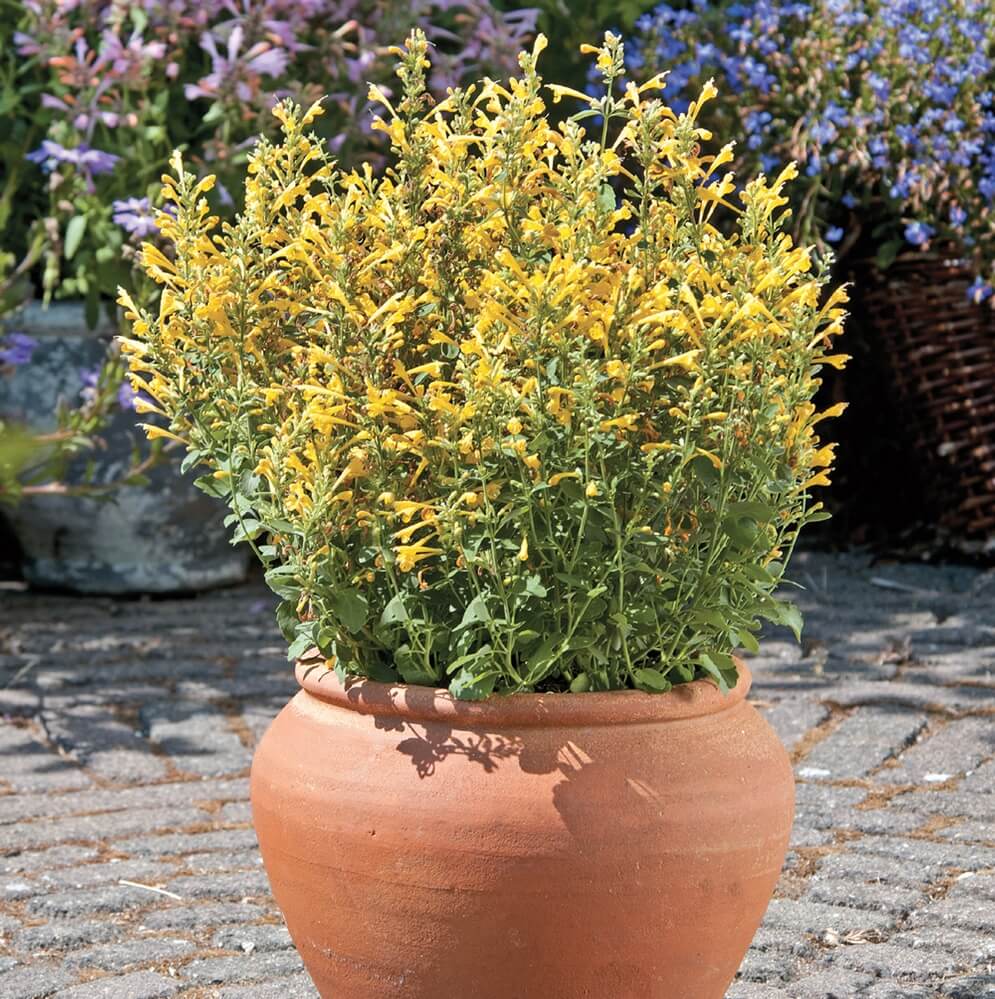
Hardy geraniums will not cure baldness, ensure world peace or transform a chocolate cake into healthy food, but they are the answer to a wide range of garden questions.
Do you need a perennial ground cover to disguise the wretched remnants of spring daffodil foliage? Try bigroot geranium (Geranium macrorrhizum), with pink flowers and apple-scented leaves that redden in the fall. Is your garden in need of a flowering plant that will flourish in shade? Waste no time in snapping up the shade-tolerant Geranium phaeum. Does your heart ache for a well-mannered, weed-stomping carpet to plant at the feet of that brand new hydrangea? Try Geranium x cantabrigiense ‘Biokovo’, an award-winning white-flowered hybrid with gorgeous lobed leaves.

Hardy geraniums, sometimes called “cranesbills”, belong to the same family as the showy window-box geraniums that adorn outdoor spaces from Memorial Day through the end of summer. Everyone, from your grandmother to your nosy neighbor, refers to those big-headed specimens as “geraniums”, but they are known botanically as Pelargonium.
Lovely as they are, pelargoniums are not winter hardy in much of the United States. Hardy geraniums, on the other hand, are often reliably perennial in cold-winter climates. In place of the large, domed flowerheads characteristic of pelargoniums, hardy geraniums most often bear single, five-petaled blooms in shades ranging from purest white to near black. Many of the most popular varieties feature pink or purple flowers, sometimes with contrasting veins.
Good garden centers and specialty nurseries offer an array of hardy geraniums, making choice the biggest challenge. To figure out the answer to your particular geranium question, take stock of the available growing space and light availability, and consider some of the following beautiful and useful cranesbills just waiting to find homes in your garden.
Sun Lovers

Horticultural experts in high places, like England’s Royal Horticultural Society and America’s Perennial Plant Association, have decreed that ‘Rozanne’ is nothing short of a miracle plant. The one-inch flowers are among the bluest found in the geranium clan, with five blue-purple petals surrounding a pale blue-white central “eye zone”. Reblooming at regular intervals throughout the growing season, ‘Rozanne’ also provides deeply dissected foliage that turns red in the fall.
“Bloody cranesbill” is an evil-sounding common name for Geranium sanguineum, a lovely law-abiding plant with pink flowers accented by darker red veins. Variety lancastriense features darker pink blooms than the species. Growing only ten inches high, the plants spread into pretty mounds, with dissected, medium green foliage. The spring-blooming ‘Album’ cultivar has all the virtues of other sanguineums, plus pristine white petals. It tends to self-sow, but is never uncivilized in the process. Besides, the flowers are so beautiful that self-sowing is a virtue.

Biokovo cranesbill (Geranium x cantabrigiense ‘Biokovo’), a spontaneous hybrid named after the Croatian mountain range where it was discovered, bears lovely rounded leaves that are at least semi-evergreen in many climates. Spreading nicely over time, this geranium, another Perennial Plant Association “Plant of the Year” winner, bears delicate white spring flowers with prominent red stamens.
The garden world would be poorer by far without bigroot geranium and its various offspring. Its fragrant, palmate leaves are a great foil for the numerous pink spring flowers. The blooms of ‘Bevan’s Variety’ are a little darker than the species. All bigroots spread if they are happy and their undemanding nature makes achieving that happiness easy. If bigroot geraniums happen to stray into light shade, they will still perform well.
Shade Lovers

The hardy geranium tribe is also home to numerous species and varieties that thrive in light to partial shade, with some that will even prosper under trees. One of the best known is Geranium phaeum. Like bloody cranesbill, it suffers from grim nicknames, including “dusky cranesbill” and “mourning widow”.
Native to parts of Eurasia, including Croatia, the “widows” are distinguished by reflexed petals that range in color from the white of ’Album’ through shades of mauve to the deepest purple-black of ‘Raven’. All are attractive without being flashy. Some Geranium phaeum varieties provide extra value by bearing variegated foliage. The distinctive pointed leaves of the purple-flowered ‘Samobor’, for example, are mottled with large, maroon-purple blotches.
Geranium nodosum is another good choice for shady spots. The species features maple-like lobed leaves and purple flowers, accented with darker veins. Making a slightly louder statement, the fashionably-named ‘Svelte Lilac’ variety boasts flowers with lighter “eye zones” and brighter green leaves.
Cranesbills are almost always billed as being deer =or varmint resistant, not to mention tolerant of various soils and climate conditions. Start them right by amending the soil before planting with a high-quality mixture like Fafard® Premium Natural & Organic Compost or Premium Topsoil. Water regularly until the young geraniums are established. Once flowering is through, shear back the foliage to keep plants looking attractive and stimulate new flowers in reblooming varieties, like ‘Rozanne’.
In addition to their other virtues, most happy cranesbills will eventually form large clumps that are easy to divide and use elsewhere in the garden or donate to lucky gardening friends. For beauty, ease of care, and the ability to cloth garden beds, containers, and even rock wall niches with loveliness, hardy geraniums are a great investment.











